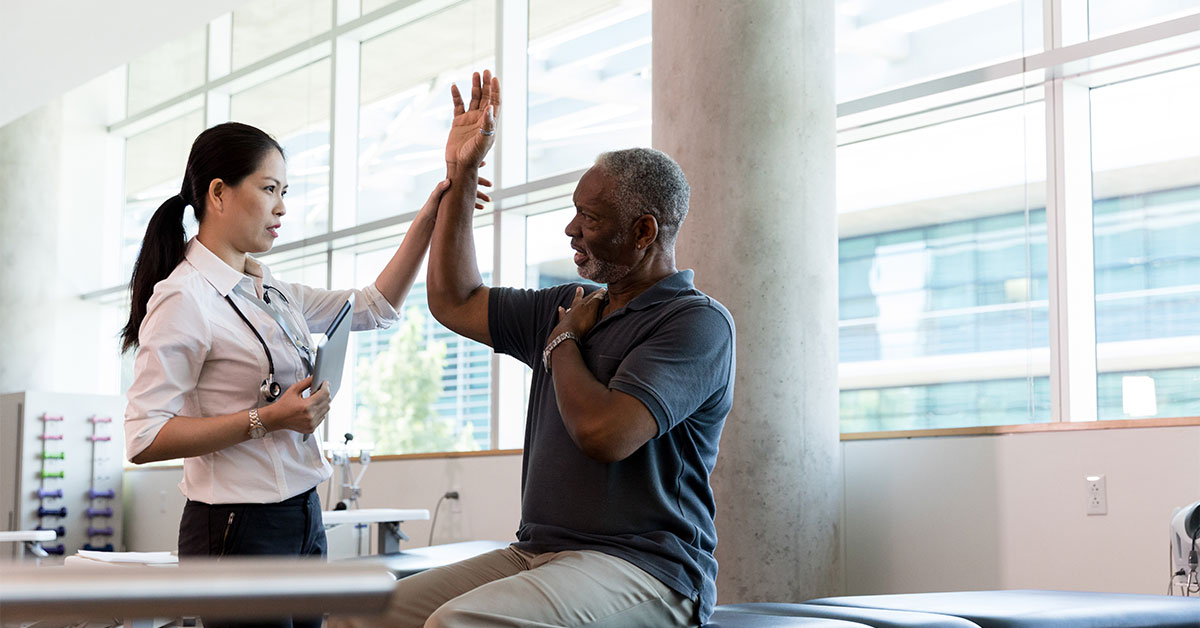One frequent manual treatment method is spinal adjustment. This technique involves using precise pressure to the vertebral column to improve alignment and decrease discomfort. Studies has shown that spinal manipulation can be beneficial in treating lower back discomfort and neck pain. Another method is gentle tissue manipulation, which concentrates on reducing tightness in the muscles and soft structures. This can help alleviate rigidity and enhance range of motion, making it simpler for clients to move without discomfort. Both techniques can be tailored to meet the specific needs of each patient, ensuring a custom approach to treatment.
In addition to discomfort alleviation, hands-on therapy can enhance client results in multiple aspects. For instance, it can improve circulation, which helps supply nutrients and essential elements to the injured regions of the system. Improved blood flow can also promote recovery and alleviate inflammation. Furthermore, manual therapy can help clients gain better physical consciousness, which is crucial for preventing future injuries. By understanding how their physiques move, patients can make more informed choices about their activities and alignment, leading to sustained benefits.
The efficacy of hands-on treatment is often backed by patient responses. Numerous patients indicate significant improvements in their pain levels and overall function after receiving treatment. This positive reaction can lead to greater drive for clients to participate in rehabilitative activity and recovery programs. When patients feel better, they are more likely to participate in their recovery process, which can further enhance their results. This cooperative approach between the therapist and the patient is essential for achieving enduring outcomes.
In conclusion, manual therapy techniques play a vital role in alleviating musculoskeletal pain and enhancing client outcomes. By using methods such as spinal manipulation and gentle connective tissue mobilization, medical providers can help patients recover movement and alleviate discomfort. The benefits of hands-on therapy extend beyond immediate discomfort relief, as it also encourages recovery and motivates clients to you could check here take an active role in their recovery. As more individuals seek efficient treatments for musculoskeletal issues, manual therapy continues to be an important choice in the field of medicine.
